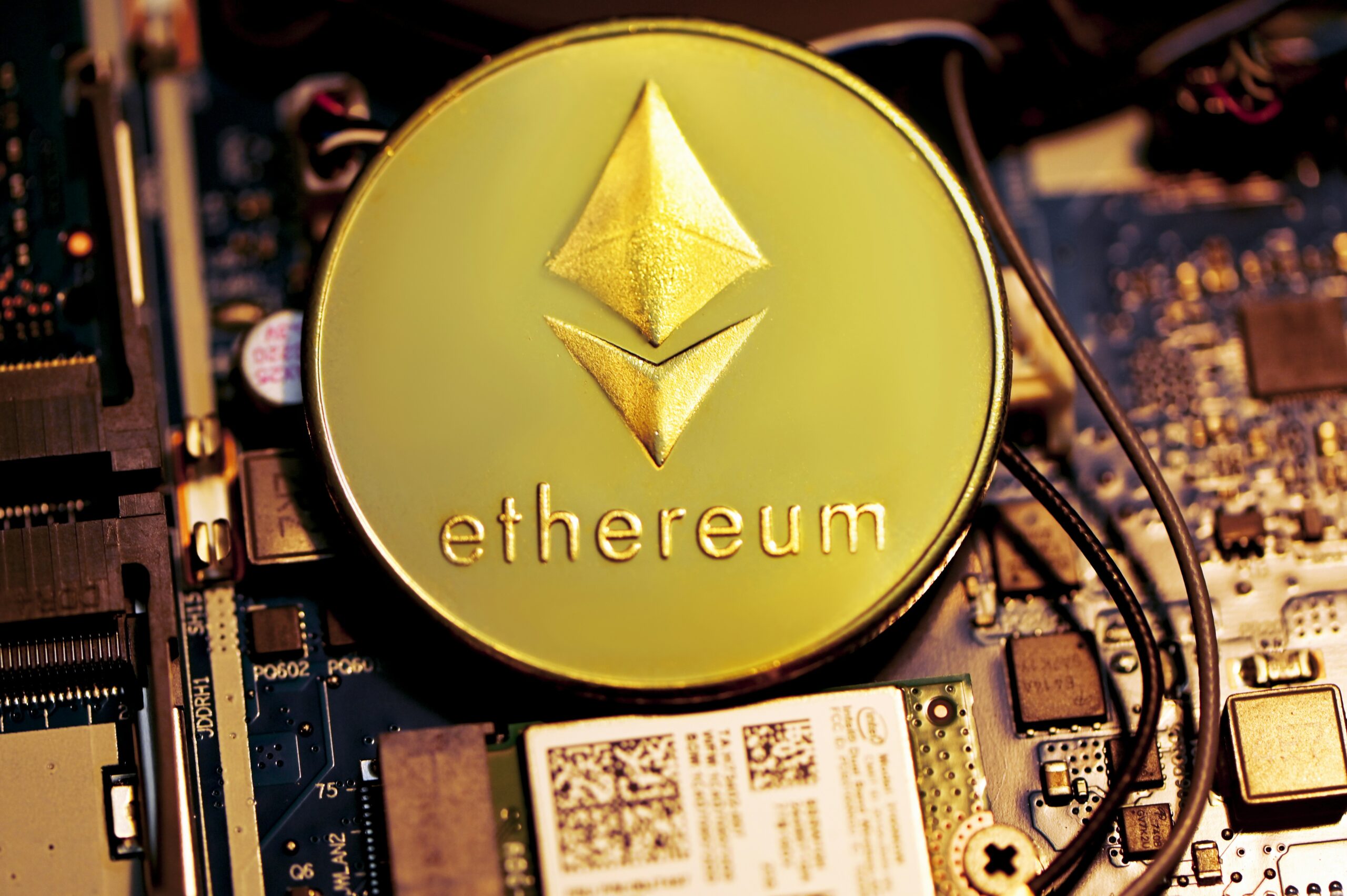
- Ethereum’s price surge to $3,350 is fueled by a rise in open interest and increased Layer 2 transaction activity, suggesting bullish market sentiment and the potential for deflationary pressure.
- However, institutional investors remain bearish, with sustained ETF outflows, creating uncertainty despite the strong momentum among retail and derivatives traders.
Ethereum (ETH) has been experiencing a notable surge in price, with the cryptocurrency trading at around $3,350 after a 10% increase on Thursday. This price boost is attributed to a growing bullish sentiment, driven largely by Ethereum’s rising open interest and the increase in blob space per block. However, while the optimism in derivatives markets is high, institutional investors remain cautious, showing signs of bearishness. Here’s what’s driving Ethereum’s price action and what it means for investors.
Ethereum’s Open Interest Hits All-Time High
A key indicator of growing market confidence in Ethereum is the surge in open interest (OI). As of Thursday, Ethereum’s OI crossed the $20 billion mark for the first time, following the cryptocurrency’s recent 10% price rally. Open interest reflects the total number of outstanding contracts in the derivatives market, and Ethereum’s OI increase signals that more investors are willing to bet on ETH’s price growth. This surge in OI, along with increased trading volumes, suggests that Ethereum is in the midst of a strong bullish trend.
Additionally, options traders on the Deribit exchange are placing significant bets on ETH reaching higher price levels by the end of November. A large portion of options volume is concentrated around the $3,400 and $3,500 strike prices, indicating that many traders expect ETH to surpass these levels in the near future.
Layer 2 Activity and Deflationary Pressure
Another factor fueling Ethereum’s price increase is the growth in Layer 2 transaction activity. Ethereum’s average blob space per block has exceeded its limit of 3, signaling higher transaction fees and the possibility of ETH becoming deflationary once again. When the blob count exceeds 3, Ethereum’s burn mechanism intensifies, reducing the overall supply of ETH. This decrease in supply, coupled with rising demand, could further drive ETH’s price higher.
Resistance Levels and the Path to $4,522
Despite the bullish developments, Ethereum still faces significant resistance. ETH is testing the $3,397 level, which marks the neckline resistance of an inverted Head-and-Shoulders pattern. If Ethereum can maintain a firm close above this level, it could see a rally of over 30%, potentially reaching $4,522. However, ETH will need to break through further resistance at $3,732 and $4,093 to achieve this upward momentum.
Bearish Sentiment from Institutional Investors
While retail traders are optimistic, institutional investors have been showing signs of caution. Ethereum exchange-traded funds (ETFs) saw net outflows of $30.3 million on Wednesday, extending a streak of five consecutive days of outflows. Over this period, institutional outflows have reached $213.7 million. This bearish sentiment from large investors could create short-term headwinds for Ethereum, despite the strong bullish signals from retail traders and derivatives markets.
Conclusion
Ethereum’s recent price rally is powered by bullish sentiment in the derivatives markets and increased Layer 2 activity, setting the stage for potential gains. If ETH can break key resistance levels, it may be poised for a significant move toward $4,522. However, the ongoing bearish outlook from institutional investors suggests caution, and any significant price drop below $2,817 could shift the trend. For now, Ethereum’s prospects look bright, but investors should remain vigilant as the market evolves.




